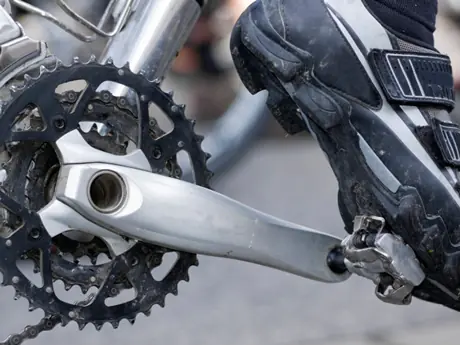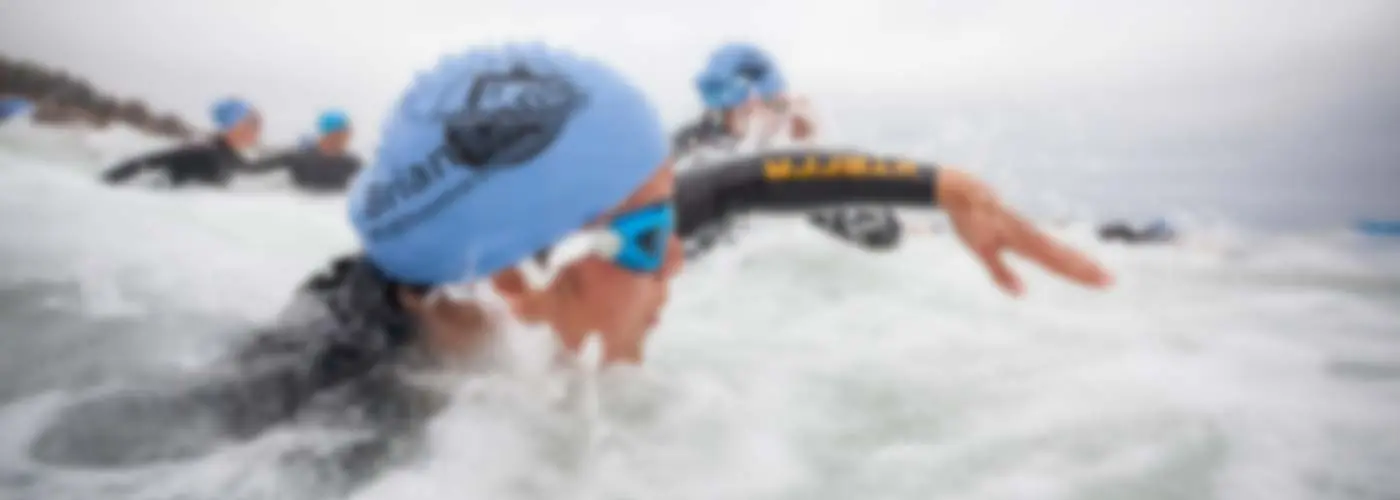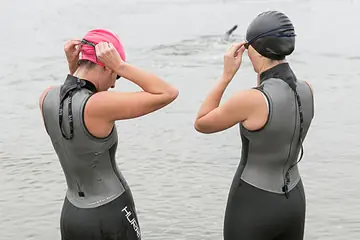
Cranks are somewhat of a hot topic among hardcore cyclists and triathletes, and for good reason. Your cranks are the point of contact between you and the bike for power generation. The amount of power you produce depends on how the force of your legs is aligned with the pedals. Your crank length can influence that.
Before we get into the details, let's first cover what's meant by alignment. The concept is most simply described by the difference between pedaling your race bike and a 12-inch kids' bike. It's much more difficult to make that small bike go because there's not enough room for your legs to move. Your seat is too low, your knees are pressed up into your chest, and the cranks are so short that you can't produce much forward motion when you mash down on the pedals.
All the same principles apply to the geometry of racing bikes, just in smaller proportions. Your saddle position remains the primary concern in that geometry. It has the most influence over how much your legs bend and flex at the knee as the pedals turn. But crank length is important, too. How much you should pay attention to it is the point around which the debate revolves.
More: What Are the Advantages of Compact Gearing?
It goes something like this. One group says that cranks are essentially levers that your legs apply a force against. If you had a longer lever, your leg force would be more effective because you would create more torque. They're taking a page from the Greek scientist Archimedes, who proclaimed "Give me a lever big enough, and I'll move the earth!" It makes sense.
The second group would agree, but only to a certain point. They respond by saying "If I give you a lever big enough, it will become impossible for you to pedal the bike." Obviously, there are restrictions placed on crank length by the distance between your bottom bracket and the ground. Make your cranks too long, and your pedals would become kickstands.
But even before you reach that point you'll encounter another problem: loss of efficiency in the interface between you and the bike. There's logic to a longer crank arm, but it comes with strings attached. Or, to be more accurate, a leg attached.
Making the arm longer gives you a bigger lever to push against. Now, because of the way our legs work, that push occurs in a very specific region of the crank arm cycle. If you think of the crank arm on the right side of your bike as a hand on a clock, you produce the most power as it sweeps between 2 o'clock and 5 o'clock. The rest of the time you produce little or no power at all.
That doesn't mean it has no influence on your pedaling at all. Because the crank arm is longer, that now means it has increased the distance between your foot and saddle when the pedal reaches 6 o'clock (more commonly known as "bottom dead center" to bike scientists). Similarly, it decreases the distance between your foot and saddle when it comes up to the 12 o'clock (top dead center).
- 1
- of
- 2
About the Author










Discuss This Article